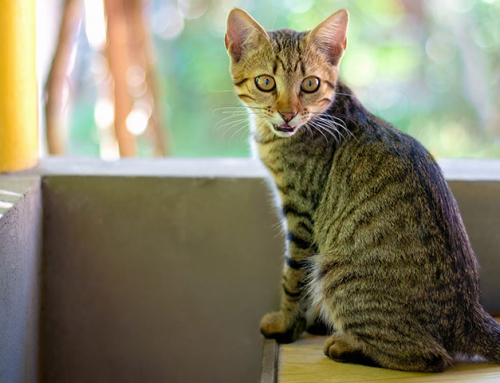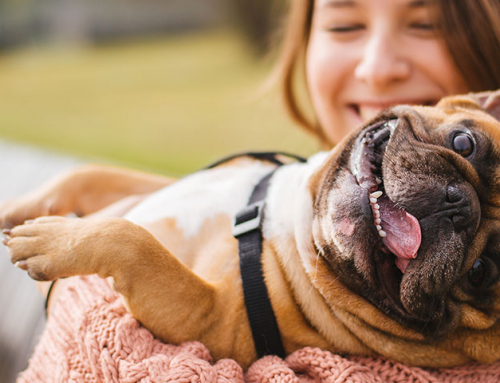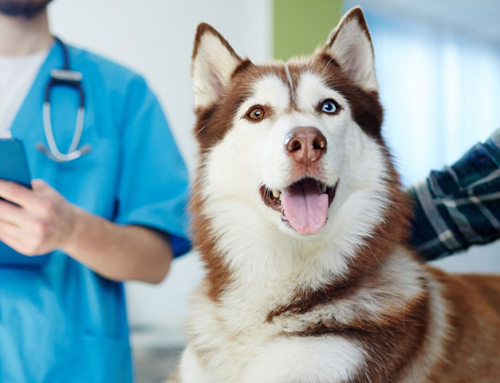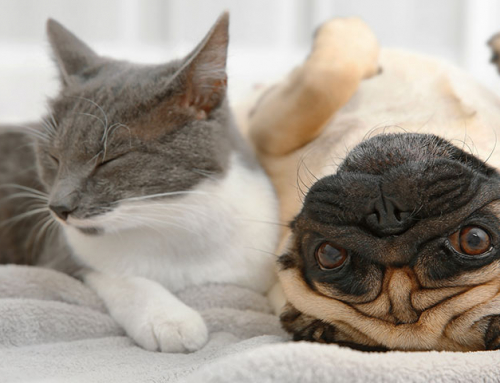Sometimes folks ask me if they should change the insulin they are using for their pets. There are numerous choices, and the insulin your veterinarian chooses for your pet may be based on several factors such as species and size of the pet. The insulin options we’ve had over the years has changed as well. Various insulins have come and gone. We’ve said goodbye to some insulins, and new insulins are on the horizon. So today we are going to chat the “big picture” for insulin!
Which Insulin do we Choose for a Pet?
Veterinarians probably all have a preference for a particular insulin depending on the species of the pet, but in truth several insulins will likely work for any particular pet. Feeding routines, adherence to giving the scheduled insulin dosages, and education are really the key factors to diabetic regulation. Yes, choosing an appropriate insulin helps, but there are other factors. First, make sure you are adhering to the guidelines set out by your veterinarian before blaming the type of insulin for poor diabetic regulation.
With that said, cats usually do better with longer acting insulin (and low carb diets). For example, if I diagnose a cat with diabetes, my “go to” insulin is Glargine/Lantus. I don’t know that it is any better than PZI for cats, but it’s what I started using years ago when a paper came out about diabetes remission in cats using low carb diets and Glargine. For many vets, their “go to” insulin for cats is PZI. We get used to an insulin and use it. It’s kind of like driving a friend’s car when you are used to your own car. Most vets choose the long-acting insulins Glargine or PZI for cats because they last longer than intermediate-acting insulins like NPH or Vetsulin. Levemir may become my go to insulin for cats in the future as it is very long-acting, but I’m not feeling compelled to change just yet.
For dogs, the most common choices at present are NPH and Vetsulin. The problem I find with Vetsulin and NPH is that near the tail end of the 12 hours it is often metabolized, and the pet is hyperglycemic. If I have a mid-sized or large breed dog that is a virgin diabetic diagnosis, I usually reach for Levemir first. Levemir is particularly potent in dogs and lasts a long time. Unfortunately, we cannot dilute it out, so it’s not a feasible choice for small dogs.
There is no rule book that says you can’t use Vetsulin or NPH in a cat, but they probably won’t work as well as PZI or Glargine because they don’t usually last very long in cats. Vets have tried using PZI and Glargine in dogs, but they haven’t met with great success or else we’d be doing it all the time.
What can Affect Absorption?
Absorption rates for different insulin types can vary significantly between pets. This is why we do glucose curves to determine how long an insulin lasts and how low the blood glucose goes for a particular pet with that particular insulin at that dosage. Additionally, other factors can affect absorption. If the ambient temperature is hot the pet may absorb it more rapidly. If it’s freezing outside the absorption may be slower. If your pet goes for a run the absorption may be faster. Injection sites may affect insulin absorption too.
What can Affect Metabolism?
Insulin is metabolized via the liver and kidneys, so if a pet has liver or kidney disease it may take the pet longer to metabolize the insulin. The insulin we give may last longer! Again, each pet is different, so we must rely on glucose curves to help us find the correct dosage for a particular pet.
Just What is a Glucose Curve?
A glucose curve involves taking the blood glucose every 2 hours from one insulin injection until the next. If the blood glucose falls below 150 mg/dl, I like checking it hourly until the blood glucose rises again. This helps us find where the blood glucose bottoms out. This bottom out number is called the “nadir”. If the nadir is below 100 we may need to lower the dosage. If the nadir is for example 200, we can slightly bump up the dosage. This is done on as close to a “normal” day as is possible for a pet, considering the pet’s human is coming at the pet with a lancing device multiple times in the day. We want to run a curve periodically even when we think the pet is doing well. If we change the insulin dose we should wait about a week to check a curve again. I’m a huge fan of home monitoring. Home monitoring takes out the potential for stress hyperglycemia which is very common at a vet clinic. Pet owners should then show the curve numbers to their veterinarian for advice on insulin dosing. Seriously, home glucose monitoring requires communication with the veterinarian.
Do we Give Insulin Once or Twice a Day?
It’s very appealing to think we can give insulin once a day to a pet. Folks who travel a lot or have long work days or shift work would sure appreciate a once daily insulin dosage for Fluffy. Nonetheless, it’s a rare pet that can get insulin once daily and be well regulated. On the box of Vetsulin it has once daily as the FDA starting dosage. It rarely works. I view Vetsulin as a twice daily insulin.
Have a question or comment? Post below or email me at [email protected]. I always enjoy hearing from my readers!
NOTE: Consult your veterinarian first to make sure my recommendations fit your pets special health needs.







We (my vet and I) are trying my 10lb toy poodle on Tresiba for 1x/day injections. So far, combining with a concurrent Novolin R injection is allowing for a once a day schedule. We’ve been trying and adjusting (and monitoring) since October.